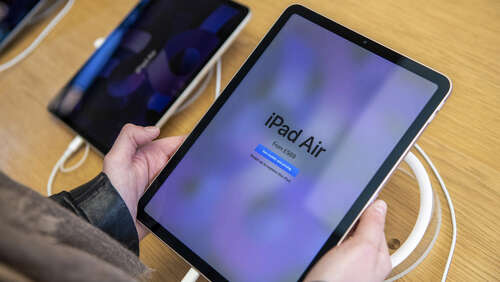
In 2019, Apple spun off iPadOS separately from iOS, which runs on iPhones and previously the iPod Touch. However, most of the features that distinguish it from iOS are specific to taking advantage of the additional screen real estate or utilizing the Apple Pencil accessory.
If you’re someone who’s devoted to Apple’s suite of productivity and creativity apps, there’s less of a gap. Apple has put some serious work into the touchscreen versions of the likes of iMovie and GarageBand so that they have similar functionality to the macOS versions. And as of May 2023, Apple has added subscription-based iPad versions of Final Cut Pro and Logic, its professional video and audio editing apps, respectively. (Reviews of those are mixed, with The Verge, for example, lauding Logic while finding Final Cut Pro more limited.)
It’s going beyond the scope of Apple’s productivity and creativity apps where the limitations become more apparent. If you’re a podcaster or streamer, for example, particularly one that works outside audio/video sources into your recording sessions “live to tape” instead of adding them in post-production? You’ll have a hard time finding anything for the iPad that replicates the functionality of, say, Audio Hijack for mixing different audio sources together in real-time. The same goes for some software, because the iPad isn’t intended to replace a more traditional computer more broadly and because the iPad still limits you to the “walled garden” of the App Store.
Put simply, macOS gives you a lot more options.

